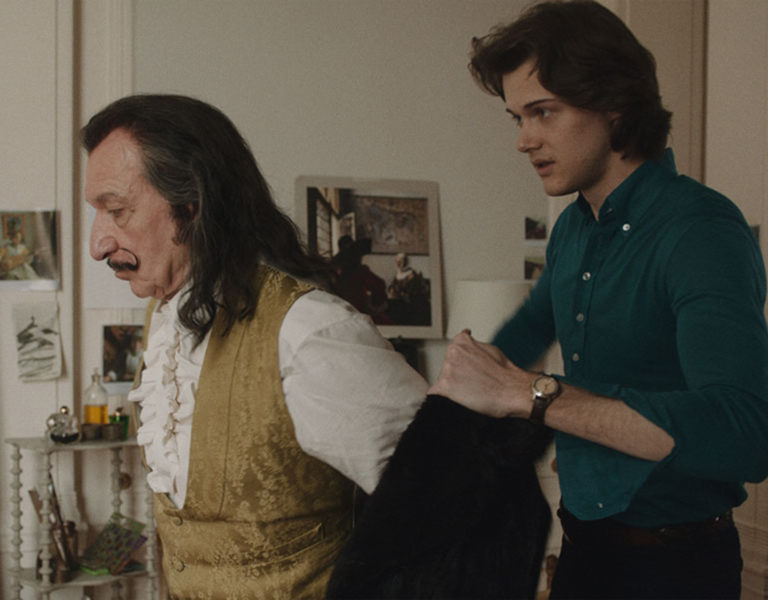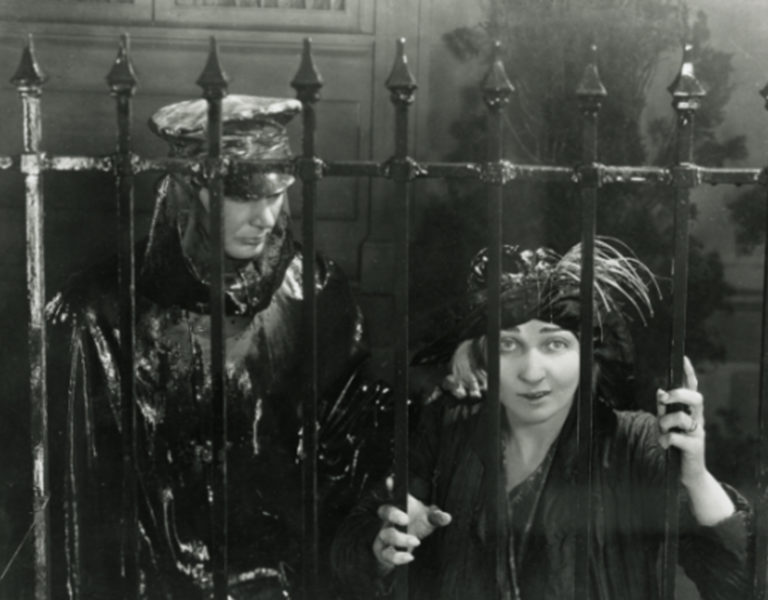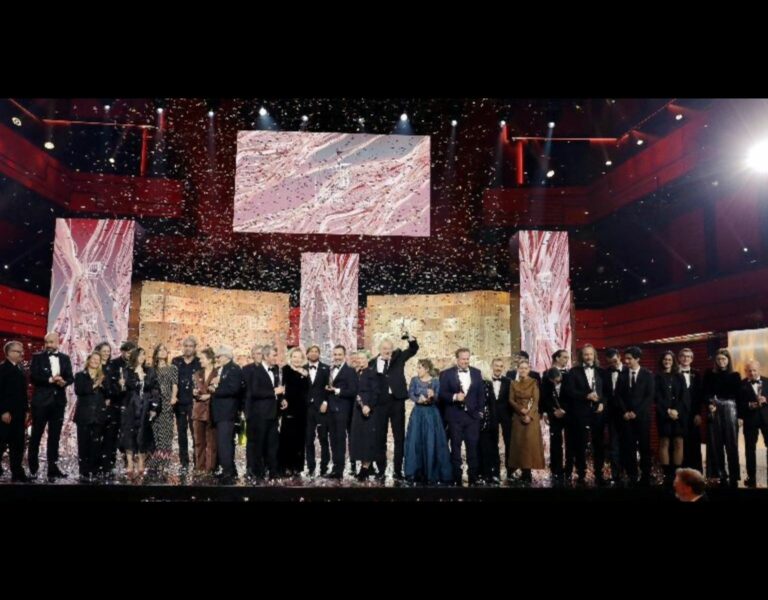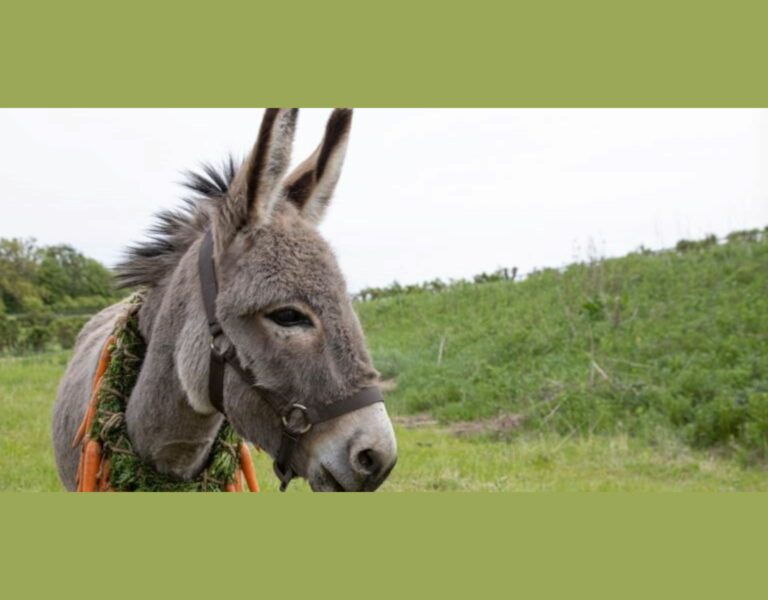Head behind the scenes on cinematographer Tom Simington’s National Film and Television School (NFTS) graduate film, including the joys of shooting on film, the logistical challenge of shooting in Yorkshire, and how the team delved into AI image generation for early prep.
In Tree of Many Faces, Anna wants nothing more than to love and to be loved, but when her feelings are unreturned, her aching heart falls prey to the powers of the dark. With her desire for love all-consuming, Anna is lured into making a wish – unknowingly sealing her tragic fate and giving away much more than what she has bargained for.
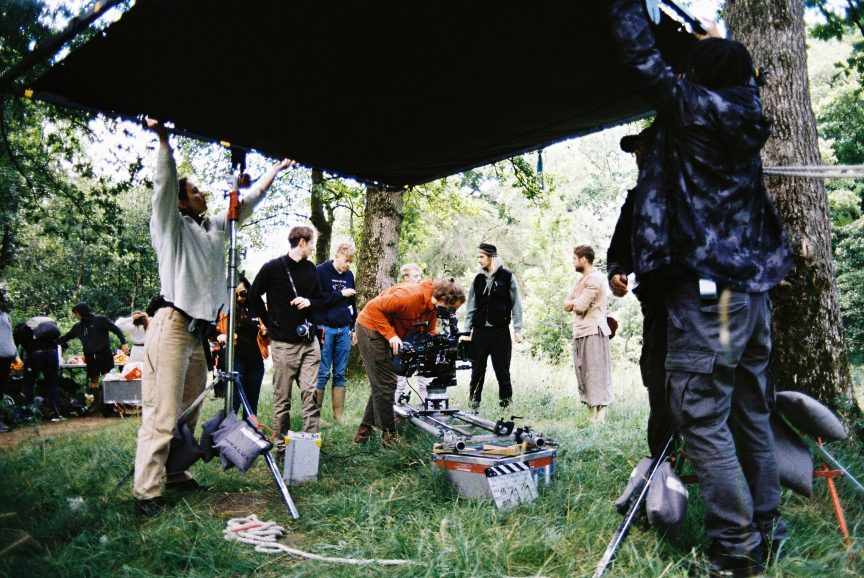
British Cinematographer: What were your initial discussions with director Johannes Magnus Aule regarding the visual approach to Tree of Many Faces? What look and mood were you trying to achieve?
Tom Simington: The director, Johannes Magnus Aule, and I really wanted to aim to tell a lot of the story by being expressionistic with the camera and in the lighting. He intentionally wrote a script (along with Aleksandra Sykulak) with few words of dialogue, and we really aimed to shoot in a way where we could make each shot as significant as possible. The aim was to make this very fantastical world but relying on locations we could find and effects we could create in camera.
BC: What were your creative references and inspirations? Which films, still photography or paintings were you influenced by?
TS: I remember Aule showing me some very dark paintings like some of Goya’s works when we first talked. The script evolved away from that initial place. But in envisaging the puppetry elements and the interior tree set we definitely discussed German Expressionist works and the use of jagged layered set pieces and hard light. We actually made great use of AI image generation at the early prep stage, finding ways to think through how the puppetry set might look and feel.
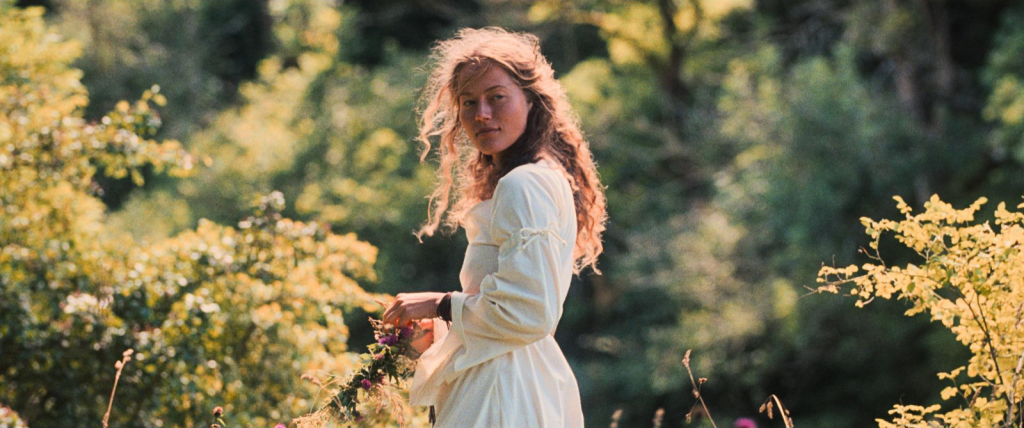
BC: What filming locations were used? Were any sets constructed? Did any of the locations present any challenges?
TS: We ended up finding some brilliant locations in the Yorkshire Dales and the Moors, and had a great time shooting up there in August last year. Some of those locations were difficult in terms of access but we had such a great crew that really believed in the film which made things easy. The tree was found very close to the NFTS in Beaconsfield and we built the interior tree set and puppet stage at the NFTS.
BC: Can you explain your choice of camera and lenses? What made them suitable for this production and the look you were trying to achieve?
TS: Very early on I knew I wanted to make a film that felt ancient, as though it could have existed in a world long ago, and I think part of what sells that to me is texture in the medium and certain imperfections. We pitched for the opportunity to shoot 2-perf 35mm and were very grateful to get that opportunity. I got to test certain stocks and really enjoyed leaning into overexposure on the 200T stock so we shot that for everything that we could, all on the ARRI LT.
Pairing the 2-perf with lenses that had nice contrast and were fast was important, so we shot on the Master Primes. Lee Mackey at Panavision was instrumental in helping us to get a 12mm Master Prime which really helped to add scale to the tree, as well as the Frazier system which gave us this effect of weaving our way into the tree towards the start of the film.
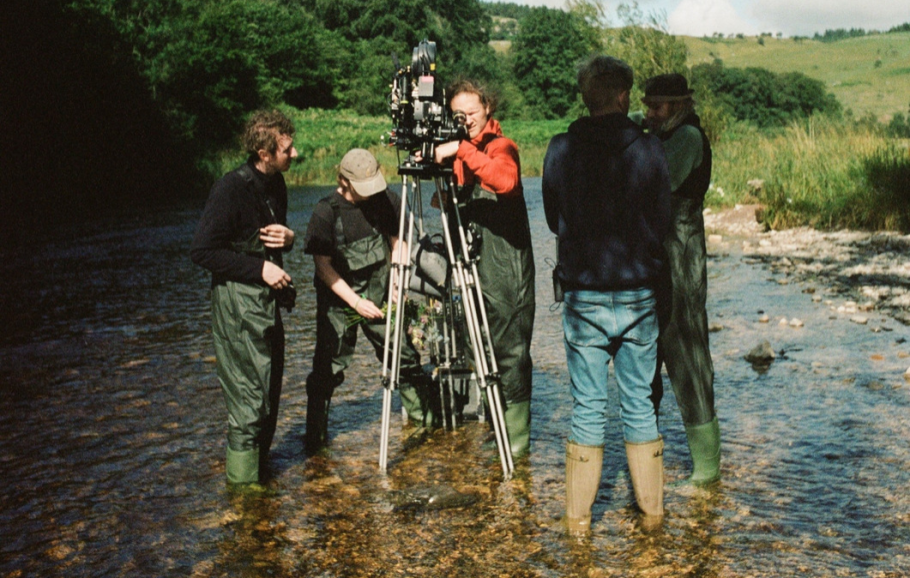
BC: What was your approach to lighting the film? Which was the most difficult scene to light?
TS: We aimed to create a sort of idyllic feeling to the start of the film and have this quite exaggerated falling-in-love sequence, so we shot in intentionally dramatic light (and had our fair share of luck with weather!). Lighting the interior tree was challenging as you’re imagining a space that doesn’t really exist in reality, especially when there’s also a puppet show there. I really like how film handles hard light against skin so I didn’t shy from it and tried to embrace the bounce it gave off of textures in the scenes.
The hardest setup was the night exterior, in the middle of nowhere, trying to create this otherworldly space. I wasn’t really sure if I had enough light until we got there on the day and, although we were undoubtedly a couple under the neg, held up great.
BC: What were you trying to achieve in the grade?
TS: Mara Ciorba and I worked in prep to design looks for the various different sequences of the film. We wanted to have a sort of ‘80s-ish bluey cast for the tree stuff and she helped rein that in and make it a bit more contemporary and palatable. Mara is really talented and I love working with her, she was super dedicated when we went to do our final grade and I think it shows!
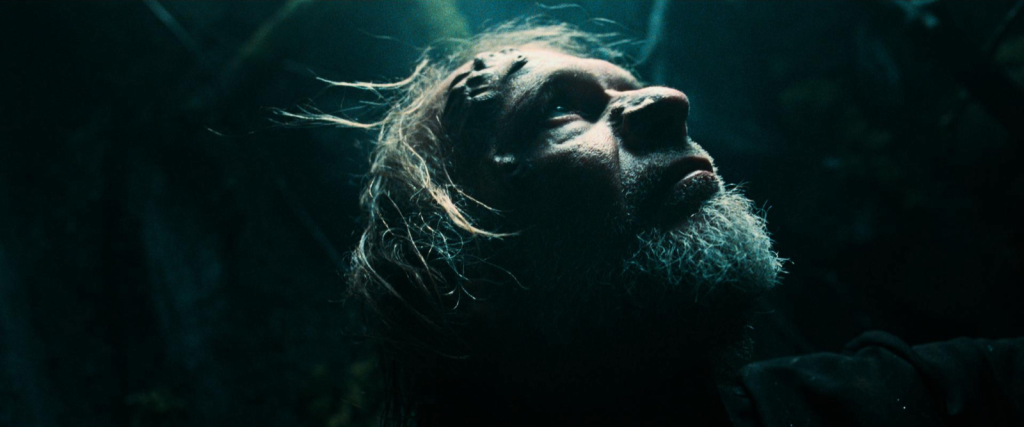
BC: What were the most challenging parts of the film to shoot and how did you overcome those obstacles?
TS: I think some of the exteriors that we shot in Yorkshire were the hardest logistically. Luckily we prepped well and managed to go up to recce the locations a few times before we shot so had good plans in place to get what we wanted. Aule is very rigorous in prep but also open-minded on the day. I think some of our best work in the film came from having to think on our feet.
BC: What was your proudest moment from the production process? Is there a specific scene or shot that you’re especially proud of?
TS: I think the general atmosphere on the set was really lovely to experience. I don’t know if I can take credit for it but we had some really nice evenings as a crew watching dailies in the cinema at the NFTS, and that really helped showcase everyone’s contributions to the film and motivated us all to work hard together.
I definitely give Aule a lot of credit for his calm and likeable demeanour which really put the whole crew at ease during our shoot.
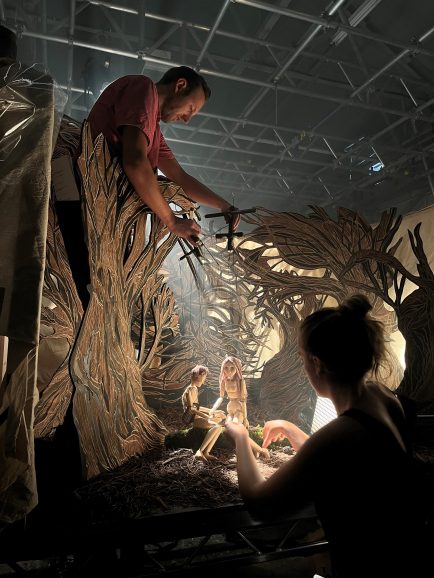
BC: What lessons did you learn from this production that you’ll take with you onto future productions?
TS: I really enjoyed the simplicity of how we approached the film. Shooting on film does probably complicate certain things but I liked how it made what we shot feel tangible, that feeling when the camera is running being very valuable. It focused everyone in the crew’s intentions around that moment. Maybe that’s something that I just romanticise but I really enjoy that approach to filmmaking.
BC: What would be your dream project as a cinematographer?
TS: I think the experience of travelling with a crew and shooting on location is really special, which we got a taste of on this project. The intensity of getting to know and collaborating with so many talented people in a really interesting place. You look at the photos of David Lean shooting Lawrence of Arabia and I do feel a certain yearning for that kind of adventure so that definitely appeals to me. But as much as I like those films, I really adore much smaller, independent films like Lynne Ramsay’s Ratcatcher, so really I’m up for anything.







